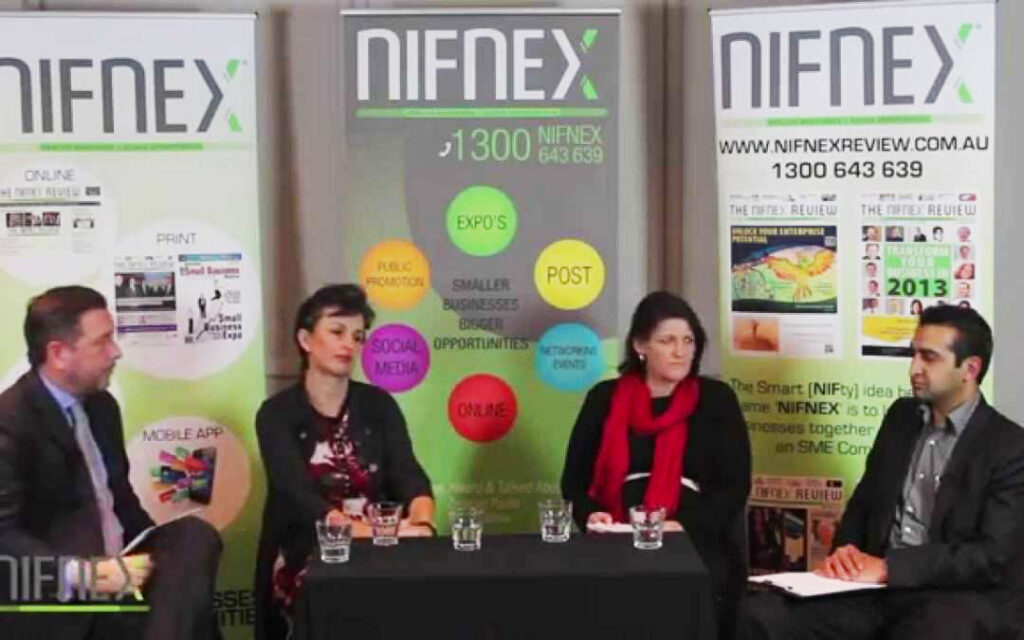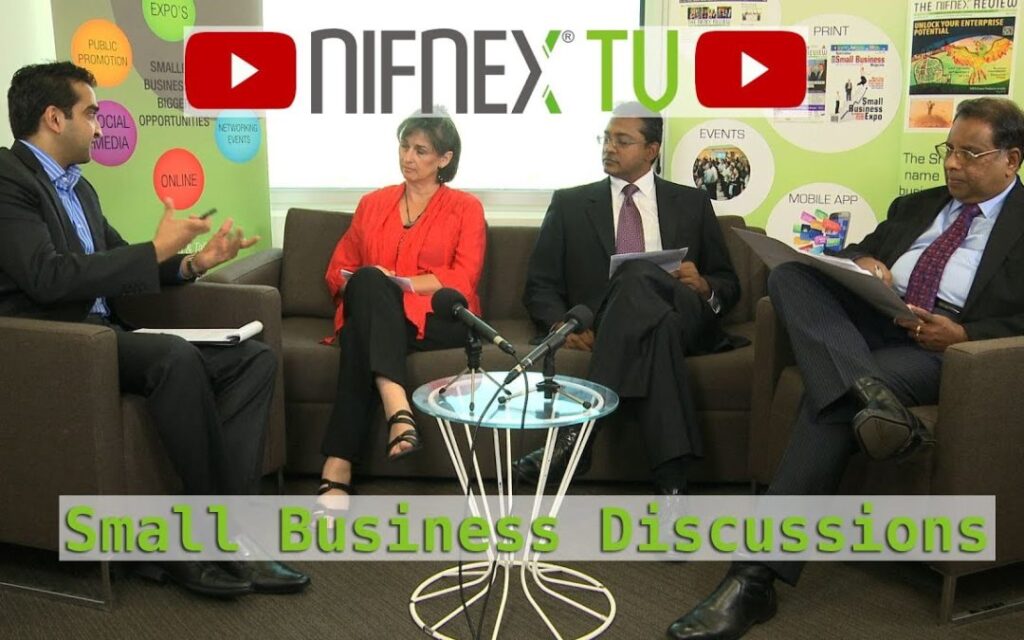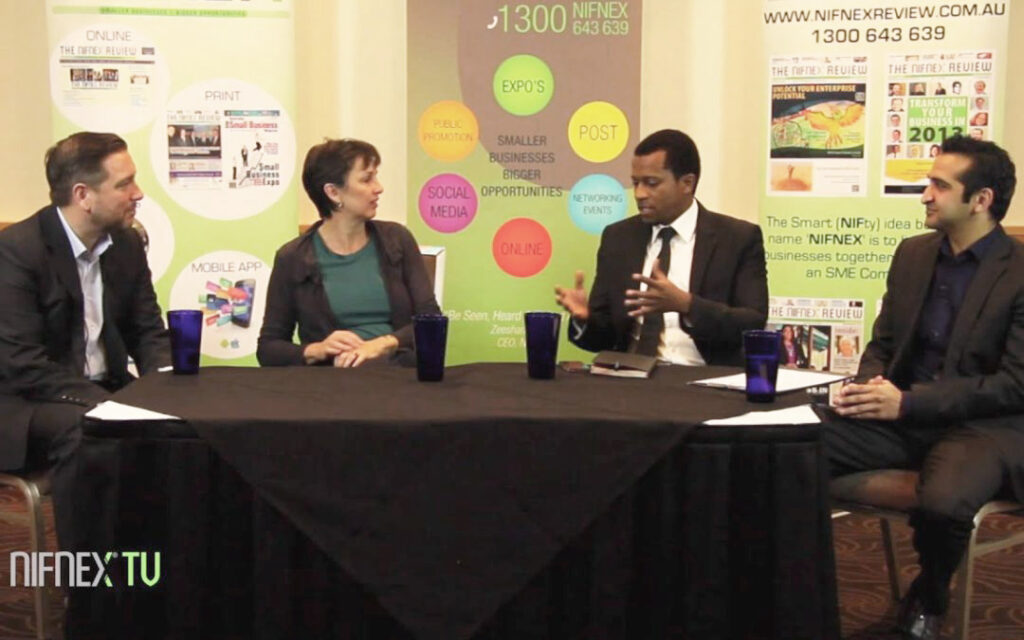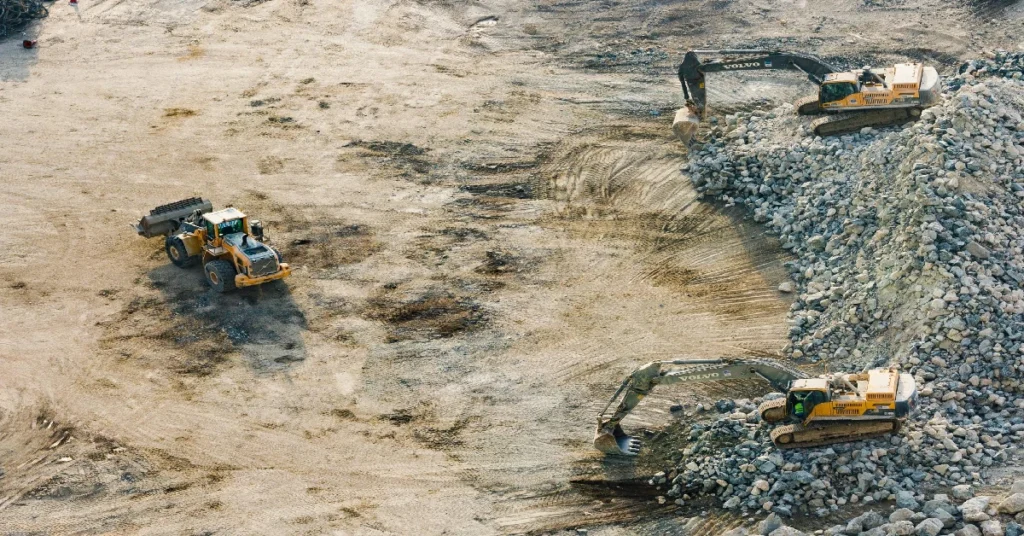In the highly competitive resourcing sector, sustaining long-term success in tender submissions requires more than just following the basics . Persistent business development and developing a cadre of raving fans can elevate your tenders, ensuring they not only win but also build a foundation for future opportunities. This blog explores techniques and insights for enhancing your tender success rate over time.
The Difference between Resource Tenders and Government Tenders
Procurement across the government sector Australia-wide is enshrined in legislation. Each jurisdiction has its enabling legislation and procurement rules which sets out the process that must be followed no matter what. The governance structure guiding procurement is quite predictable, and, since governments have been purchasing goods and services for a very long time, their processes and procedures are quite mature.
Fairness, openness and equity are standard guiding principles. Governments also seek to achieve social outcomes using procurement as leverage, and so local content, compliance with gender equity, aboriginal engagement and the like are standard inclusions in the conditions of tendering. Request documentation is very similar across the nation as each jurisdiction adopts the best from other jurisdictions.
Resource companies, on the other hand, are not hindered by legislated processes, the need to achieve policy outcomes, or adopt common procedures. Therefore they can pretty much do what they like. The more mature buying organisations mirror much of the government processes, however, and strive to follow industry best practice. However, their request documentation looks quite different.
The origins of resource procurement stem from project procurement, and for a long time the tendering documentation struggled to cope with other forms of procurement i.e. goods and services. So a typical response schedule is the draft contract, and proponents are required to complete the voluminous schedules that are associated with the contract, rather than submit their offering in the provided Response Schedule which mirrors the evaluation criterion and comprises a list of questions to answer.
The names of the procurement team are likewise many and various. Some organisations call their procurement team “Supply Chain”, “Contracting”, or “Purchasing”. Others are more vague. There is not a lot of commonality in terms used across organisations.
Also unlike governments, who must publicly advertise large tenders, resource companies have no such constraints. Their tenders are often “select” tenders, meaning the Contract Specialist chooses the companies from their research that they wish to invite to bid. To know about the opportunity means the company must know about you, so if you want to be in the running, you must do some business development and build a relationship with the right people in the business.
Strategic Planning for Tender Success
Long-term success in tendering within the resourcing sector begins with strategic market planning. This involves understanding market trends, anticipating future industry needs, and aligning your tender submissions accordingly.
Key Planning Strategies:
- Market Analysis: Regularly canvas your target market and refine accordingly. If the business is locked into a term contract, don’t waste your time until the contract is nearing expiry and the Contract Specialist is thinking about preparing the tendering documents for renewal.
- Client Relationship Management: Develop and maintain strong relationships with key people in the business to understand their evolving needs and preferences.
Think About Picking off Smaller Work to Get Your “In”
If you are unknown in the resource business, but have chosen to make it your target market, try starting small to get known and build a relationship. Look for smaller opportunities, and build your tendering collateral and experience first.
In such a mission-critical industry, where time is truly money, it is often a case of “the devil you know” who consistently wins the business. Get your foot in the door, and build from there. If you do a great job, you will be offered bigger and better opportunities with time.
Conclusion: Ensuring Continuous Growth and Profitability
The path to sustained success in tender submissions within the resourcing sector involves a blend of strategic foresight, operational excellence, and persistence. By adopting these advanced strategies, your organisation can not only improve its tender success rates but also ensure long-term growth and profitability.
Are you ready to take your tendering efforts to the next level and ensure long-term success? Visit our page to learn more about how we can help you achieve excellence in every bid. Don’t let another opportunity pass you by—contact us today and start building your future in the resourcing sector.












